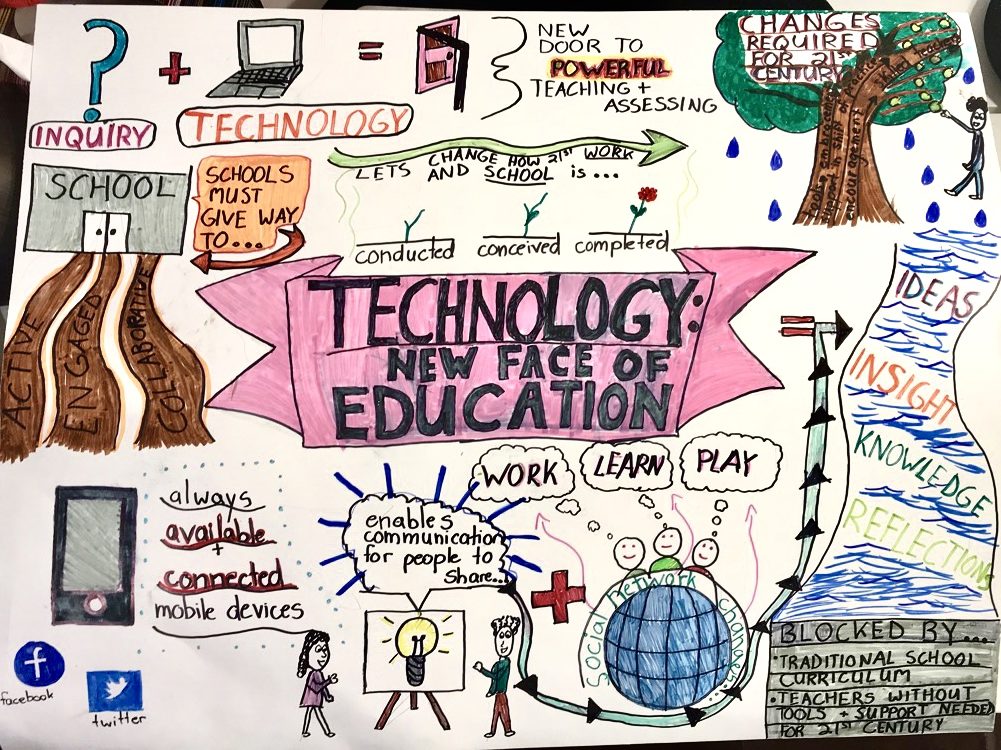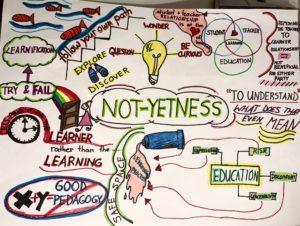For my multimedia reflection, I have done a Twitter essay, being my first time to use this sort of platform. In the past, I have done sketch notes which I enjoyed. Although using my twitter as a platform to communicate the importance of technology into classrooms, seemed like a great tool to share my input publicly. It was also very easy to include gifts in association with my points, as well as visuals and diagrams in which I referenced to. My Twitter essay is in response to the Ontario Extend article on technologist Scenario. Through this model, they discussed the many steps in which one takes to ensure a smooth transition when implementing technology into the classroom. Technology is growing and evolving every day, that is why it is crucial that educators become familiar with this tool. It can be used to overcome many different learning challenges faced in the classroom. This module was particularly easy to breakdown for educators when thinking about implementing technology into the classroom and how to do so. After reading through the various steps, I personally felt less intimidated by technology as it provided many additional resources that I can utilise in the future. I’ve learned that technology can always be refined and altered with the help of your student’s feedback. What I really enjoyed about this module was how this approach is human-centred, meaning the people who contribute to its design are the ones who are also benefiting from it. This module talks about the importance of Design Literacies, and Design-Thinking process which is broken down into six sections: empathize, define, ideate, prototype, and connect. Along these steps, this module provided some very useful resources and tools that can ensure we are taking into account our learner’s challenges, while also considering the valuable feedback of our students, which in turn help us shift our teaching practices.
The link to my twitter essay can be found here: https://twitter.com/MissWillson1/status/1098378292414087170
1. Today I will be reflecting on The Technologist Module??? (found at→ https://t.co/DEz3Nyws4D)with the goal of demonstrating the importance of integrating Technology into our lessons and how it can overcome specific learning challenges (a thread) #UWinDig #OntarioExtend pic.twitter.com/N68Klggw68
— Miss. Willson (@MissWillson1) February 21, 2019


